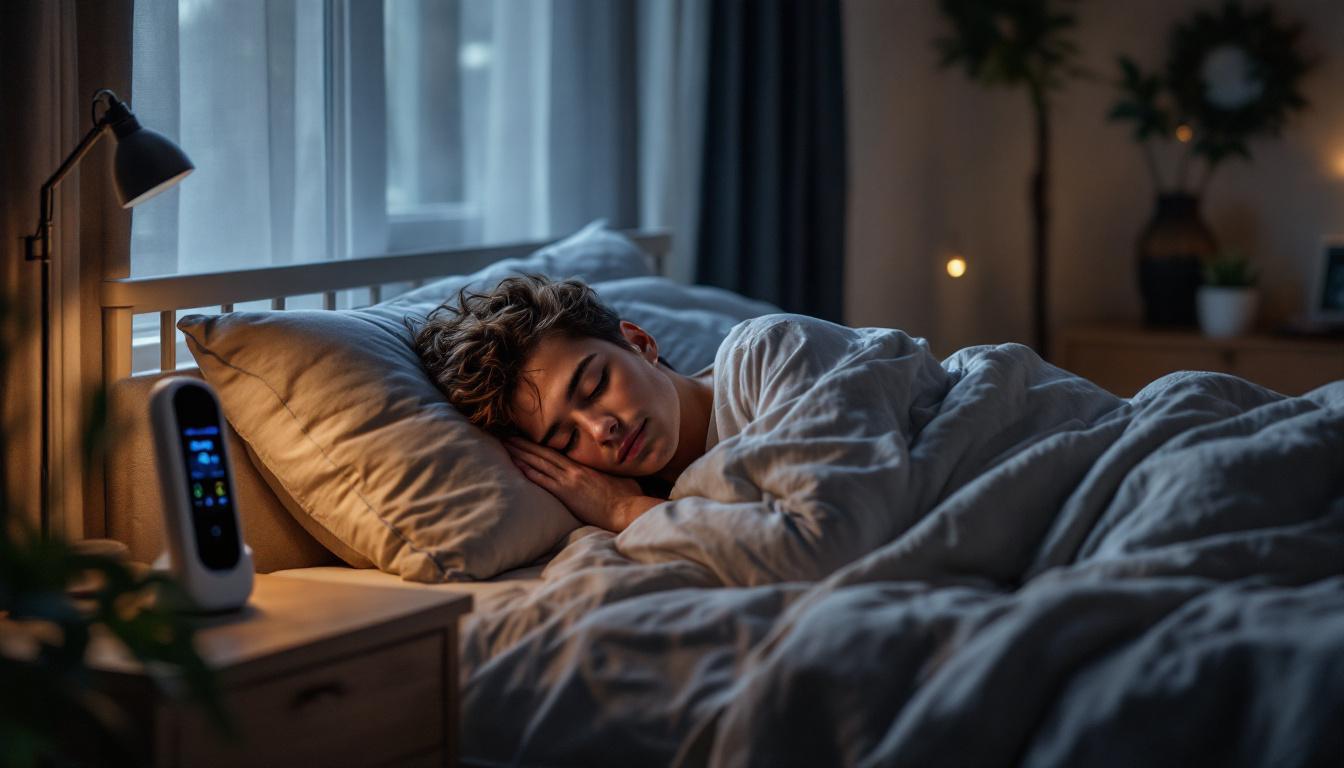Sleep is a fundamental aspect of human health, yet millions of Australians suffer from sleep disorders, with sleep apnea being one of the most prevalent. In Hobart, the importance of early diagnosis and treatment of sleep apnea cannot be overstated. This article will explore the various facets of sleep apnea testing, the significance of early diagnosis, and the options available for residents of Hobart seeking better sleep health.
Understanding Sleep Apnea
Sleep apnea is a serious sleep disorder characterised by repeated interruptions in breathing during sleep. These interruptions can last for a few seconds to minutes and may occur multiple times an hour. The two most common types of sleep apnea are obstructive sleep apnea (OSA) and central sleep apnea (CSA). OSA is caused by a blockage of the airway, while CSA occurs when the brain fails to send appropriate signals to the muscles that control breathing.
Sleep apnea test Hobart is a significant health concern that can have far-reaching effects on overall wellbeing. In Hobart, early diagnosis and treatment are paramount for improving sleep health and preventing complications. By understanding the symptoms, seeking appropriate testing, and exploring available treatment options, individuals can take proactive steps towards achieving better sleep quality and enhancing their quality of life.

The prevalence of sleep apnea is significant, with estimates suggesting that around 1 in 5 adults may experience mild symptoms, while 1 in 15 adults suffer from moderate to severe sleep apnea. The condition can lead to a range of health issues, including cardiovascular problems, daytime fatigue, and impaired cognitive function, making early diagnosis crucial.
Symptoms of Sleep Apnea
Recognising the symptoms of sleep apnea is the first step towards seeking help. Common symptoms include:
- Loud snoring
- Choking or gasping during sleep
- Excessive daytime sleepiness
- Morning headaches
- Difficulty concentrating
If you or a loved one experiences these symptoms, it is vital to consult a healthcare professional for a comprehensive evaluation. Early intervention can significantly improve quality of life and reduce the risk of associated health complications.
The Importance of Early Diagnosis
Early diagnosis of sleep apnea can lead to timely treatment, which is essential for preventing long-term health consequences. Untreated sleep apnea can result in a range of complications, including hypertension, heart disease, diabetes, and stroke. Furthermore, it can adversely affect mental health, leading to anxiety and depression.
In Hobart, healthcare providers emphasise the need for awareness regarding sleep apnea symptoms and the importance of seeking medical advice. Early diagnosis not only improves sleep quality but also enhances overall health and wellbeing.
Find more at: Sleep Test Hobart How It Works and When You Need One
Impact on Quality of Life
The impact of sleep apnea on daily life is profound. Individuals suffering from the condition often experience fatigue, irritability, and difficulty concentrating, which can affect work performance and personal relationships. Additionally, the risk of accidents, particularly while driving, increases significantly due to daytime drowsiness.
Moreover, the social implications of sleep apnea, such as disrupted sleep patterns affecting partners, can lead to strained relationships. Addressing sleep apnea through early diagnosis and treatment can restore not only individual health but also improve interpersonal dynamics.
Sleep Apnea Testing in Hobart
In Hobart, several options are available for sleep apnea testing, ranging from home sleep tests to comprehensive sleep studies conducted in specialised clinics. Understanding these options is crucial for individuals seeking a diagnosis.

Home Sleep Apnea Testing
Home sleep apnea testing (HSAT) is a convenient option for many patients. It typically involves the use of portable monitoring devices that record various parameters, including airflow, oxygen levels, and heart rate while the patient sleeps in their own environment. This method is particularly beneficial for those who may find it challenging to spend the night in a sleep lab.
While HSAT is effective for diagnosing moderate to severe obstructive sleep apnea, it may not be suitable for everyone. Individuals with complex medical histories or those suspected of having central sleep apnea may require a more comprehensive evaluation in a sleep clinic.
In-Lab Sleep Studies
For a more thorough assessment, in-lab sleep studies, also known as polysomnography, are conducted in specialised sleep centres in Hobart. These studies provide a detailed analysis of sleep patterns and can identify various sleep disorders beyond sleep apnea. Learn more about analysis on https://pmc.ncbi.nlm.nih.gov/articles/PMC3068728/
During a polysomnography, patients are monitored overnight, with data collected on brain activity, eye movements, heart rate, and respiratory effort. This comprehensive approach allows healthcare providers to develop tailored treatment plans based on individual needs.
Treatment Options for Sleep Apnea
Once diagnosed, various treatment options are available for managing sleep apnea, ranging from lifestyle changes to medical interventions. The choice of treatment often depends on the severity of the condition and individual patient factors.
Lifestyle Modifications
For mild cases of sleep apnea, lifestyle modifications can significantly improve symptoms. These may include:
- Weight loss: Excess weight can contribute to airway obstruction, so losing even a small amount of weight can have a positive impact.
- Positional therapy: Some individuals experience sleep apnea primarily when sleeping on their back. Sleeping on one’s side may alleviate symptoms.
- Avoiding alcohol and sedatives: These substances can relax the throat muscles, worsening sleep apnea symptoms.
Incorporating regular physical activity and maintaining a healthy diet can also contribute to better sleep health and overall wellbeing.
Continuous Positive Airway Pressure (CPAP) Therapy
For moderate to severe cases of sleep apnea, Continuous Positive Airway Pressure (CPAP) therapy is often the first line of treatment. CPAP machines deliver a continuous stream of air through a mask, keeping the airway open during sleep. Click here to find more about machines.
While CPAP therapy is highly effective, some individuals may find it uncomfortable or challenging to adjust to. Healthcare providers in Hobart can offer guidance on selecting the right mask and optimising machine settings to enhance comfort and compliance.
Other Treatment Options
In addition to CPAP therapy, other treatment options may be considered, including:
- Oral appliances: These custom-fitted devices help reposition the jaw and tongue to keep the airway open.
- Surgery: In certain cases, surgical interventions may be necessary to remove excess tissue or correct anatomical abnormalities contributing to sleep apnea.
Consultation with a sleep specialist is essential to determine the most appropriate treatment plan based on individual circumstances and preferences.
Conclusion
For those experiencing symptoms of sleep apnea, it is crucial to consult a healthcare professional for an evaluation. With the right support and intervention, restful nights and revitalised days are within reach.
